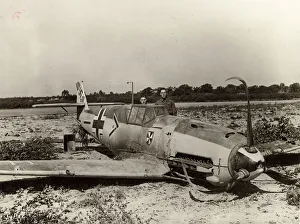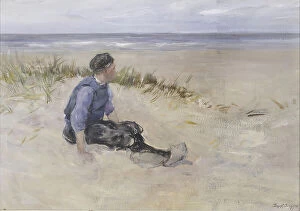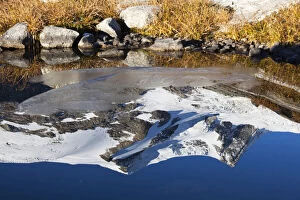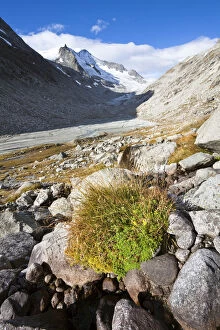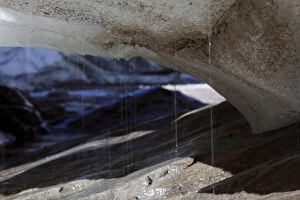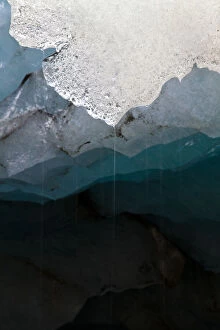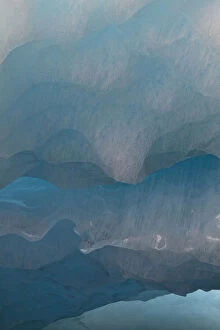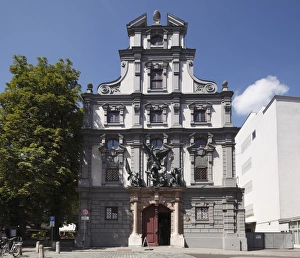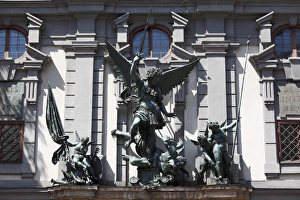Gruppe Collection
"Gruppe: A Legacy of German Aviation Excellence" Step into the world of aviation history with Gruppe, a term that represents the epitome of German aerial prowess
All Professionally Made to Order for Quick Shipping
"Gruppe: A Legacy of German Aviation Excellence" Step into the world of aviation history with Gruppe, a term that represents the epitome of German aerial prowess. One cannot delve into this subject without mentioning the iconic Messerschmitt Bf109E-4, flown by none other than German Ace Franz von Werra. The Messerschmitt Bf109E-4 stands as a testament to engineering brilliance and military might. Its sleek design and formidable firepower made it a force to be reckoned with during World War II. With its powerful engine and advanced weaponry, it became an integral part of Germany's air superiority strategy. Within Gruppe, each aircraft bore unique identification numbers like DDE-90028884, DDE-90028883, DDE-90028882. . All the way down to DDE-90028874. These numbers symbolize not only their individuality but also their role in shaping history. These aircraft were piloted by brave men who formed elite units within Gruppe. Their unwavering dedication and exceptional skills propelled them to become legends in their own right. The likes of Franz von Werra soared through the skies with unparalleled valor and skill, leaving behind a legacy that still inspires awe today. Gruppe is more than just a collection of planes; it represents an era when aviation was at its zenith. It showcases the ingenuity and determination displayed by both engineers and pilots alike - pushing boundaries beyond imagination. As we reflect on these historical artifacts marked by serial numbers such as DDE-90028877 or DDE-90028876, we are reminded of the sacrifices made for progress in aviation technology during those turbulent times. Today, Gruppe serves as a reminder of our shared past - one filled with triumphs and tragedies alike. It encourages us to appreciate how far we have come while acknowledging those who paved the way for modern-day advancements in aerospace engineering.

